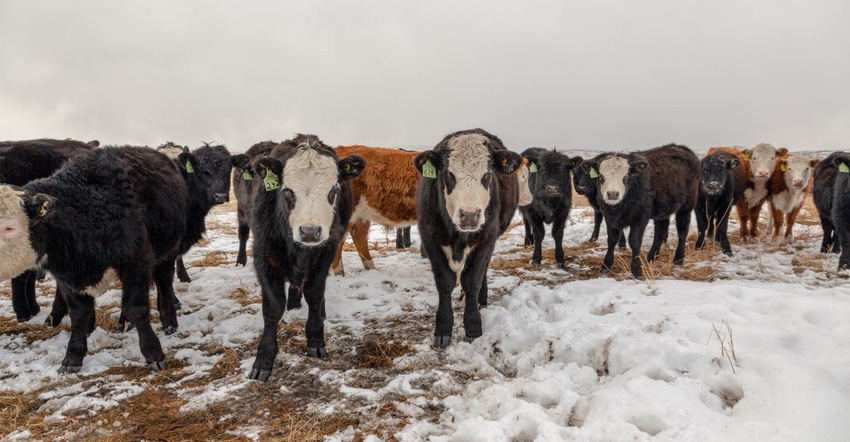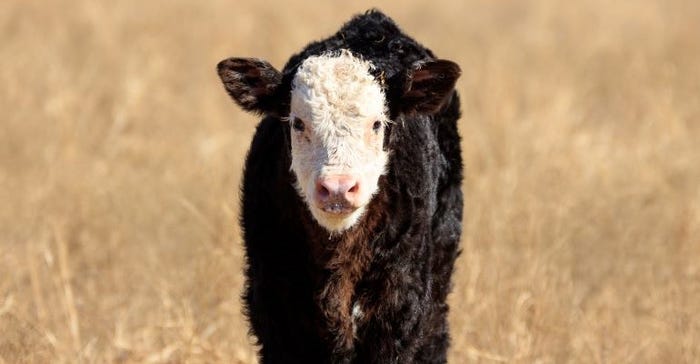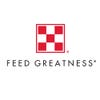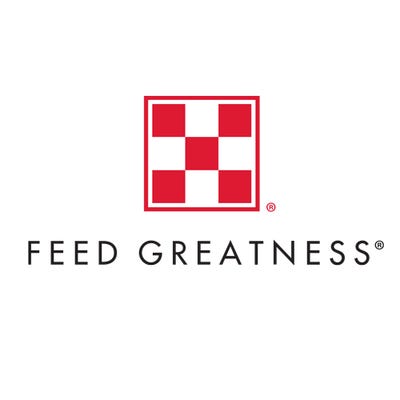Refresh your herd health protocol to ensure your cattle are set up for success.
February 1, 2021

Sponsored Content
Did you know that nutrition can impact the effectiveness of health protocols, including vaccinations and dewormers? It’s true. In fact, it’s often said that without quality nutrition, there’s no foundation for a health program to be built upon.
"Feeding cattle to a high plane of nutrition helps ensure vaccine and dewormer investments pay off,” says Kay Russo, DVM and research veterinarian for Purina Animal Nutrition. “When cattle receive proper nutrition, the immune system will have energy to function optimally which can help the effectiveness of vaccines and dewormers.”
When a disease challenge occurs, the immune system is activated, and it requires an extraordinary amount of energy to function. On a lower plane of nutrition, a calf’s immune system might function suboptimally, leaving little reserves to devote to growth and other maintenance functions. Higher planes of nutrition can help calves maintain growth, even in the face of a disease challenge.
Consult your veterinarian to develop a health protocol tailored to local challenges and your needs.

Here are a few considerations for your herd health protocols:
A nutritional foundation?
“The foundation of any health protocol should be built on feeding cattle to a high plane of nutrition and ensuring calves have been through a 45-day preconditioning program,” says Russo. “Covering these basics can help you realize the monetary benefit of healthy cattle.”
Feeding calves a high-quality starter feed at weaning provides an adequate baseline for nutrition. All Purina® starter feeds deliver a high plane of nutrition. And, they contain RX3® Immune Support Technology to help prepare calves’ natural defenses and optimize their response to stress and health challenges.
In a cow herd, maintaining a quality nutrition program with year-round Purina® Wind and Rain® mineral and supplemental feeds when needed will keep those animals in the best shape for optimal immune function.
Vaccinations
A general vaccination program could include coverage against the following diseases:
Viral pathogens
Infectious bovine rhinotracheitis virus (IBRV)
Bovine viral diarrhea virus (BVDV) – types I and II
Bovine respiratory syncytial virus (BRSV)
Parainfluenza-3 virus (PI-3V)
Bacterial pathogens
Mannheimia haemolytica
Pasteurella multocida
Clostridium
Leptospirosis (cows)
Vibriosis (cows)
Most protocols call for administering the first round of vaccinations when calves are two to three months old, with a booster vaccination at weaning. However, this can vary based on when you handle calves.
“Try to avoid adding extra handling events to vaccinate calves,” says Russo. “Eliminating the number of stress events will help optimize the effectiveness of the vaccines and increases compliance. Vaccinate calves coinciding with cow vaccination schedules or during events, such as branding, weaning or pregnancy checks.”
Regular cow vaccinations and boosters can also support your calves’ passive immunity by improving the quality of antibodies passed through colostrum.
“Adhere to the manufacturer’s label recommendations when administering cattle vaccines and boosters,” says Russo. “Sticking to the recommended timing and dosage helps ensure effectiveness.”
Dewormers
There are more options than ever to safely and effectively deworm cattle. Oral drenches, pour-ons and injectables are the traditional methods. Feed-through products like blocks and pellets are newer alternatives to control worms.
Management style often drives which type of dewormer you use. If you handle cattle more regularly through a chute, oral drenches and injectables might fit well. A feed-through product is a solution for operations that don’t run cattle through a chute frequently.
When selecting a dewormer, know the active ingredient for the parasiticide. The following parasiticides are available:
Moxidectin
Fenbendazole
Eprinomectin
Doramectin
Ivermectin
Oxfendazole
Albendazole
“The parasiticide you choose is dependent on which species of worm you have locally,” says Russo. “Your veterinarian can help determine which mode of action works best for your herd.”
Resistance is a concern in nearly all classes of dewormers. Implementing a few different strategies such as rotating dewormers, using the proper dosage and moving to new pastures can help improve program efficacy.
If cattle are on a high-quality nutrition program, but you still see cattle dropping body condition, it could be a sign of a worm problem.
“Your veterinarian can perform fecal egg counts to monitor worm burdens directly,” says Russo. “If the tests show high egg counts, you might have a potential resistance issue and may need to try another deworming strategy.”
Set the foundation, stick to protocol
Cattle health programs don’t have to be too complex. Provide a foundation for health through complete nutrition, a sound vaccination program and quality deworming protocols as advised by your veterinarian.
One simple way to support more healthy calves at weaning? Get them eating quickly. Use these five tips to drive calves to the feed bunk early and often.
About the Author(s)
You May Also Like





